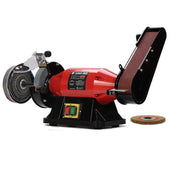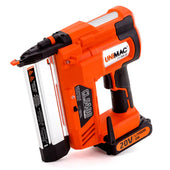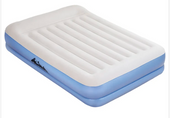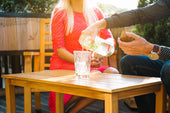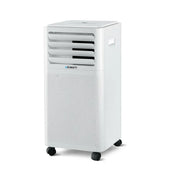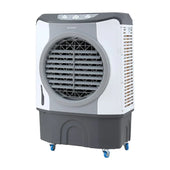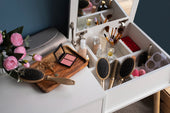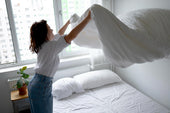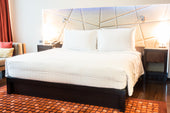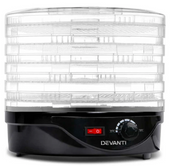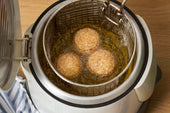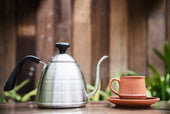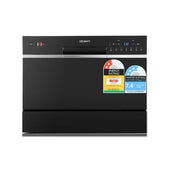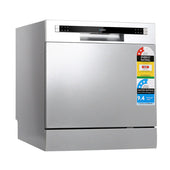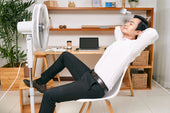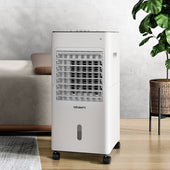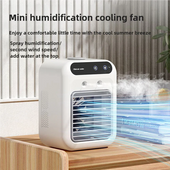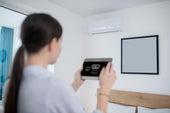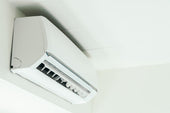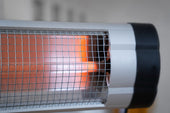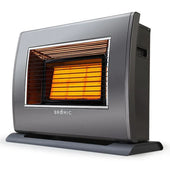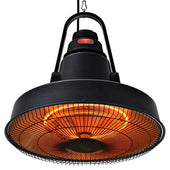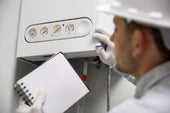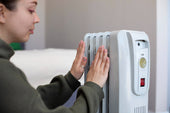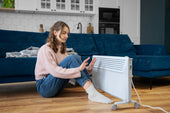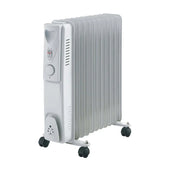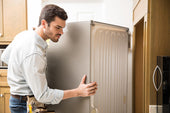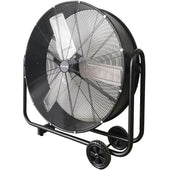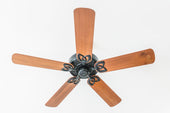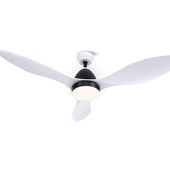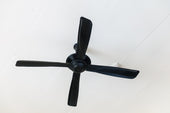Understanding the Cause of Scalp Oil Build-up on Wooden Headboards
Scalp oil, also known as sebum, is naturally produced by sebaceous glands on the scalp to keep skin and hair hydrated. Over time, this oil can transfer to nearby surfaces, such as a wooden headboard, through direct contact. Factors that can increase build-up include:
- Natural seepage from the scalp: Sebum production varies among individuals but tends to rise due to hormonal changes or heat.
- Unwashed hair or pillowcases: Hair and linens that accumulate oil transfer it more easily to the wood.
- Headboard texture and finish: Porous or unfinished wood absorbs oil more readily than sealed finishes, leading to visible staining.
Understanding these causes helps in managing and preventing further build-up effectively.
Evaluating the Impact of Scalp Oil on Wood Quality and Finish
Scalp oil can significantly affect the appearance, texture, and lifespan of wooden surfaces. When left untreated, the oil may seep into the wood fibres, causing discolouration and leaving unsightly dark stains. At During Days, we understand this penetration can weaken the finish, making it more susceptible to damage, such as cracking or peeling.
Long-term exposure to scalp oil can lead to uneven patchy finishes, particularly if the wood is sealed with varnish or lacquer. Additionally, oil build-up creates a sticky residue that may attract dust and dirt, further degrading the surface's aesthetic appeal.
Proactive care and regular maintenance help minimise damage and preserve the headboard's finish effectively.
Preparing Your Tools and Cleaning Supplies
To effectively remove scalp oil from a wooden headboard, ensure the appropriate tools and supplies are gathered beforehand. Start by selecting a soft microfibre cloth to prevent scratches on the wood surface. Acquire a mild dish soap or a wood-safe cleaning solution for gentle yet efficient cleaning. If deeper cleaning is needed, have a small amount of white vinegar or baking soda available. Use cotton buds for reaching intricate carvings or grooves. Consider having a soft-bristled brush for persistent stains. To finish, prepare a dry, lint-free cloth to wipe away any excess moisture, protecting the wood from damage.
Identifying the Best Cleaning Solutions for Wood
Choosing the right cleaning product is essential to prevent damage to the wooden surface. Not all cleaners are suitable, as some can strip away the finish or cause discolouration. It is recommended to use gentle, wood-safe cleaning agents.
- Mild Soap Solutions: Diluted dish soap mixed with warm water effectively cleans oily residues without harming the wood.
- White Vinegar Mixture: Equal parts white vinegar and water can remove scalp oil while maintaining the wood's appearance.
- Specialised Wood Cleaners: Commercial wood cleaners specifically designed for furniture are effective and preserve the finish.
Always test the cleaning solution on an inconspicuous area before use to ensure compatibility.
Testing Cleaning Products to Avoid Damage
Before applying any cleaning product to the wooden headboard, it is crucial to perform a patch test to ensure it does not cause discolouration or damage. Select an inconspicuous area, such as the underside or a corner, and apply a small amount of the cleaner. Wait for at least 24 hours to observe any adverse effects.
Natural cleaning options, such as white vinegar diluted with water, tend to be less abrasive compared to commercial products. For commercial cleaners, always check the label for compatibility with wooden surfaces. Testing helps to prevent permanent damage and ensures the solution effectively removes scalp oil without compromising the wood’s finish.
Step-by-Step Guide to Removing Scalp Oil from Wooden Surfaces
- Gather Supplies Collect a soft cloth, mild dish soap, warm water, white vinegar, baking soda, wood cleaner, and a soft-bristled toothbrush to tackle the stain effectively.
- Dust the Surface Wipe the wooden area with a dry, soft cloth to remove dust, hair, or loose debris. This ensures the cleaning process is more effective.
- Create a Cleaning Solution Mix a tablespoon of mild dish soap or white vinegar with a cup of warm water. Stir well to combine.
- Dab and Clean Dip the cloth in the solution, wring it out, and gently dab the stained area. Avoid soaking the wood as excess moisture can cause damage.
- Remove Stubborn Spots For deeper stains, sprinkle baking soda over the area and use the toothbrush to gently scrub. This method helps lift oil without damaging the finish.
- Wipe and Dry Use a clean, damp cloth to remove any residue. Immediately dry with another cloth to prevent moisture absorption.
- Polish if Needed Apply a proper wood polish or conditioner to restore the sheen and protect the surface for future use.
Dealing with Stubborn Stains and Residue
To combat stubborn stains or mineral oil residue, a gentle approach ensures the wood remains pristine. First, use a soft-bristle brush dipped in a mixture of mild liquid soap and warm water to gently scrub the affected area. Avoid soaking the wood, as excess moisture can cause warping. For sticky, oily patches, apply baking soda evenly to absorb residue; let it sit for 15 minutes, then wipe with a moist, lint-free cloth. If stains persist, a small amount of white vinegar diluted with water can be applied carefully, followed by thorough drying. Always test solutions on an inconspicuous area beforehand.
Natural Remedies for Cleaning Wooden Headboards
Natural solutions offer an eco-friendly and gentle approach to cleaning wooden headboards stained with scalp oil. Using readily available household items helps to preserve the wood's finish while effectively removing grease.
Recommended Remedies
- White Vinegar Solution: Mix equal parts white vinegar and warm water. Apply the solution with a soft cloth to dissolve oil residue and sanitise the surface.
- Baking Soda Paste: Combine baking soda with a few drops of water to create a paste. Apply gently, then wipe clean with a damp cloth.
- Lemon Juice: Dab lemon juice diluted with water onto the oily area. Its natural acidity breaks down grease without damaging the wood.
Soft brushes ensure no scratches. Always test in hidden areas before application.
Maintaining and Protecting Your Wooden Headboard After Cleaning
To preserve the quality of a wooden headboard, regular maintenance and protective measures are essential.
- Apply a Wood Conditioner or Polish: Use a specialised wood conditioner or polish after cleaning to restore moisture and shine. Choose a product that is suitable for the wood type.
- Dust Regularly: Dust the headboard weekly using a microfiber cloth to prevent buildup of particles that can wear down the finish.
- Protect Against Sunlight: Avoid prolonged exposure to direct sunlight, which can fade the wood’s colour and weaken its surface.
- Avoid Moisture Contact: Ensure the headboard stays dry by addressing spills quickly and keeping it away from humid environments.
Implementing these steps ensures long-lasting durability and appearance.
Preventive Measures to Minimise Scalp Oil Build-up in the Future
To maintain the cleanliness of a wooden headboard, individuals can take several proactive steps to minimise scalp oil accumulation:
- Use a Headboard Cover or Protector: Covering the headboard with washable fabric or slipcovers provides a protective barrier against oils and dirt.
- Wash Hair Regularly: Practising proper scalp hygiene helps reduce oil transfer during sleep.
- Choose Breathable Bedding Materials: Opt for pillowcases and sheets made of breathable fabrics, such as cotton, to absorb excess oil effectively.
- Avoid Resting Wet or Oily Hair on the Headboard: Limiting direct contact between hair and the wooden surface reduces residue.
- Dust the Headboard Periodically: Regular dusting prevents oil and dirt build-up from settling into the material.
These measures not only preserve the headboard’s appeal but also ease future cleaning efforts.
Frequently Asked Questions and Troubleshooting Tips
- What if the oil stain persists after cleaning? Apply a stronger solution such as a gentle wood-safe cleaner. For stubborn stains, consider using mineral spirits but test on a small, hidden area first to prevent damage.
- Can the cleaning method harm the wood finish? Harsh chemicals or excessive scrubbing can damage wood finishes. Always use soft cloths and mild solutions, and follow up with a gentle polishing to restore the surface.
- How can future scalp oil stains be prevented? Place a washable cover on the headboard or ensure proper cleaning when oil build-up is noticed. Regular dusting also reduces residue accumulation.
- Why does the stain re-appear after drying? This may indicate deeper oil absorption. Repeat treatment to ensure residue is completely drawn out.


